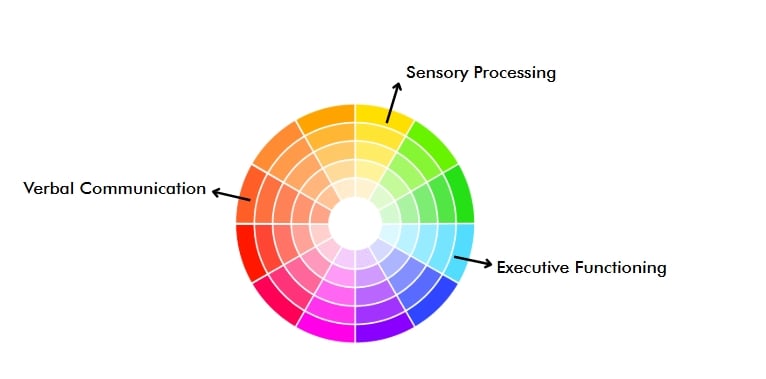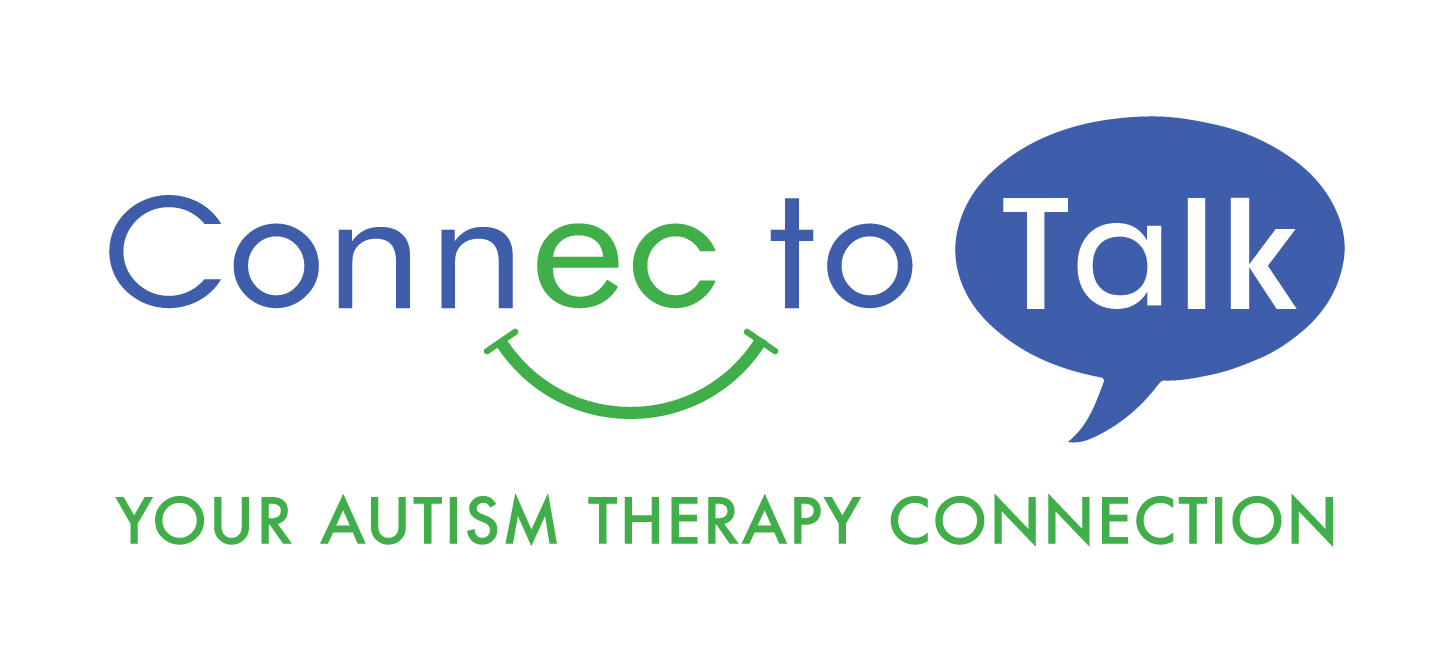
Reinvent the Wheel: A Better Way to Visualize the Autism Spectrum
April is officially recognized as Autism Acceptance Month. Many may still refer to April as Autism Awareness Month. The shift in focus from “awareness” to “acceptance” is a positive one in that it encourages us to validate the individuals in the autistic community, rather than just acknowledging the disability exists. In this month’s blog, Connec-to-Talk will be discussing the autism spectrum and dispelling some misconceptions around how the spectrum is viewed. Recent literature is encouraging the autism spectrum to be viewed as a wheel to help improve how autism is viewed. Acceptance becomes more likely when we can correct the misunderstandings of this disability.
Most often, when people consider the word “spectrum,” it calls to mind a linear image. It can be a helpful way to visualize many concepts, especially when discussing scientific concepts such as light and wavelengths. When discussing the autism spectrum, however, the linear image can be problematic. A linear model incorrectly suggests that the autism spectrum ranges from less autistic to more autistic. Referring to the autism spectrum in such a way unfortunately gives rise to statements like “we’re all a little bit autistic.” In January’s blog, we explored similar statements that are all too commonly used when discussing autism. The key takeaway is that the autism spectrum only applies to people with the disorder.
The autism spectrum refers simply to the range of conditions one experiences living with autism. Within this range, there will be differences in how many supports or accommodations each autistic person requires to succeed. It is significant to state that every autistic person will have varying degrees of support needs. Requiring less support than another autistic peer does not make someone comparatively less autistic.
If a linear model is not the best way to visualize the autism spectrum, then what is? An emerging visual for the autism spectrum is a wheel, representing different support domains. Examples of these domains may include verbal and non-verbal communication, executive functioning, or sensory processing. Autism presents differently in every person. Each Autistic person will have varying degrees of support needs within the different domains. The Wheel was designed to better represent the unique range of challenges in each Autistic person’s lived experience.
Outdated Linear Model:

Updated Wheel Model:




Leave a Reply